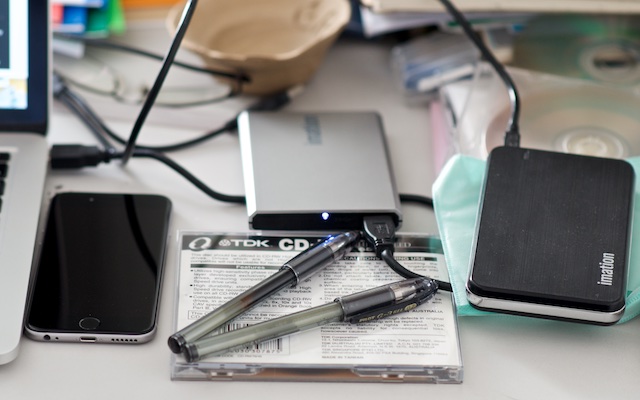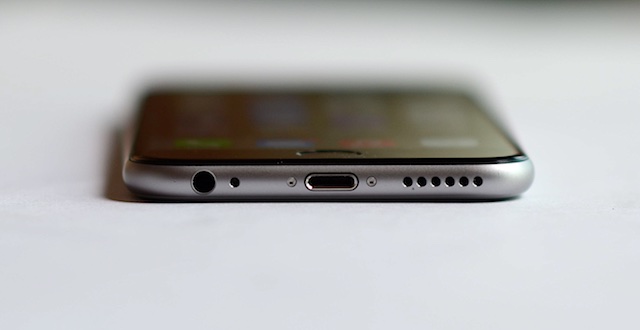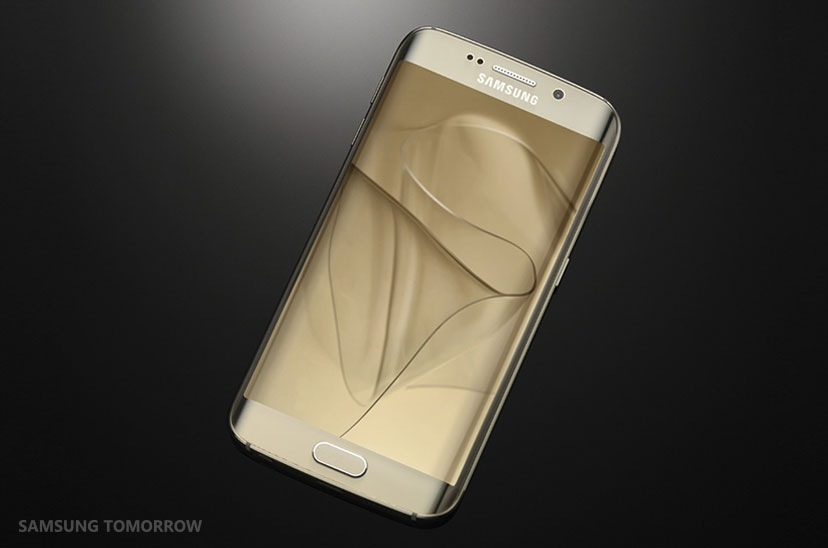Cassandra: Apple, Samsung and the Risks of Low-hanging Fruit

AMITIAE - Tuesday 7 April 2015
|
Cassandra: Apple, Samsung and the Risks of Low-hanging Fruit |
 |
|
|
By Graham K. Rogers

The iPhone? Again, I am reluctant to press too hard especially as this has already been proven to bend, although with more pressure than I could reasonably apply. Why repeat such an experiment? What happens in the lab, however, may not be quite the same as on the road.

I have some jeans which are way too tight for me. Even when wearing respectable work clothes, if I sit down the cloth is taut. There were a few (9) complaints about bending initially. There were probably more. Five months later, with all the day to day abuse, there is no evidence of any bending on my phone. I have dropped it a number of times, but (lucky me) no breaks, just some minor denting on the corners; and a single, shallow scratch on the glass screen. That the early iPhone 6 Plus (which I do not have) did bend is beyond doubt and as ever, much was made of this, with a host of articles that can be found via Google ("iPhone 6", "bend"). Among those I found are:
There were many more of course. And there was also an advertisement from Samsung that can be seen in an AppleInsider article by Mikey Campbell. The Galaxy Note 4 did bend with the forces applied, but did not break (and who on earth selected that awful music in the video?). Apple also did such testing and allowed a number of journalists to visit the lab. As Mikey Cambell mentions in that article, Consumer Reports decided to look at the iPhone too, finding
. . . the handsets can withstand 60 pounds of force (about 27 kgf) and 90 pounds of force (about 41 kgf), respectively. That test found Samsung's Galaxy Note 3 takes substantial force without bending until the screen shatters at 150 pounds of pressure (approximately 68 kgf).

Galaxy Note 6 Edge - Image from Samsung
Samsung is now wriggling on the hook it baited and does not like it one bit. Foul: the test was not done right. It was however a test that SquareTrade administers to all smartphones. SquareTrade sells insurance plans and wants to find out the extent of its potential liabilities before signing customers up. As Karissa Bell on Mashable reports, SquareTrade tested the Samsung's Galaxy S6 Edge, the iPhone 6 Plus, and the HTC One M9:
At the end of the Samsung statement there is video of a three-point test (and they obviously still have the same person to choose music). This takes the Galaxy up to 81 lbf: it bends but does not break and returns to its original (unbent) state. The statement suggests that normal force when a person sits is 66lbf (30kgf), but this is not what SquareTrade was testing (see above). At the end of the statement, there is the comment, "we are confident that all our smartphones are not bendable under daily usage." Perhaps they would have been better off saying nothing (especially last November) as picking apparently low-hanging fruit may have its own risks.
Graham K. Rogers teaches at the Faculty of Engineering, Mahidol University in Thailand where he is also Assistant Dean. He wrote in the Bangkok Post, Database supplement on IT subjects. For the last seven years of Database he wrote a column on Apple and Macs. He is now continuing that in the Bangkok Post supplement, Life. |
|

For further information, e-mail to
Back to
eXtensions
Back to
Home Page